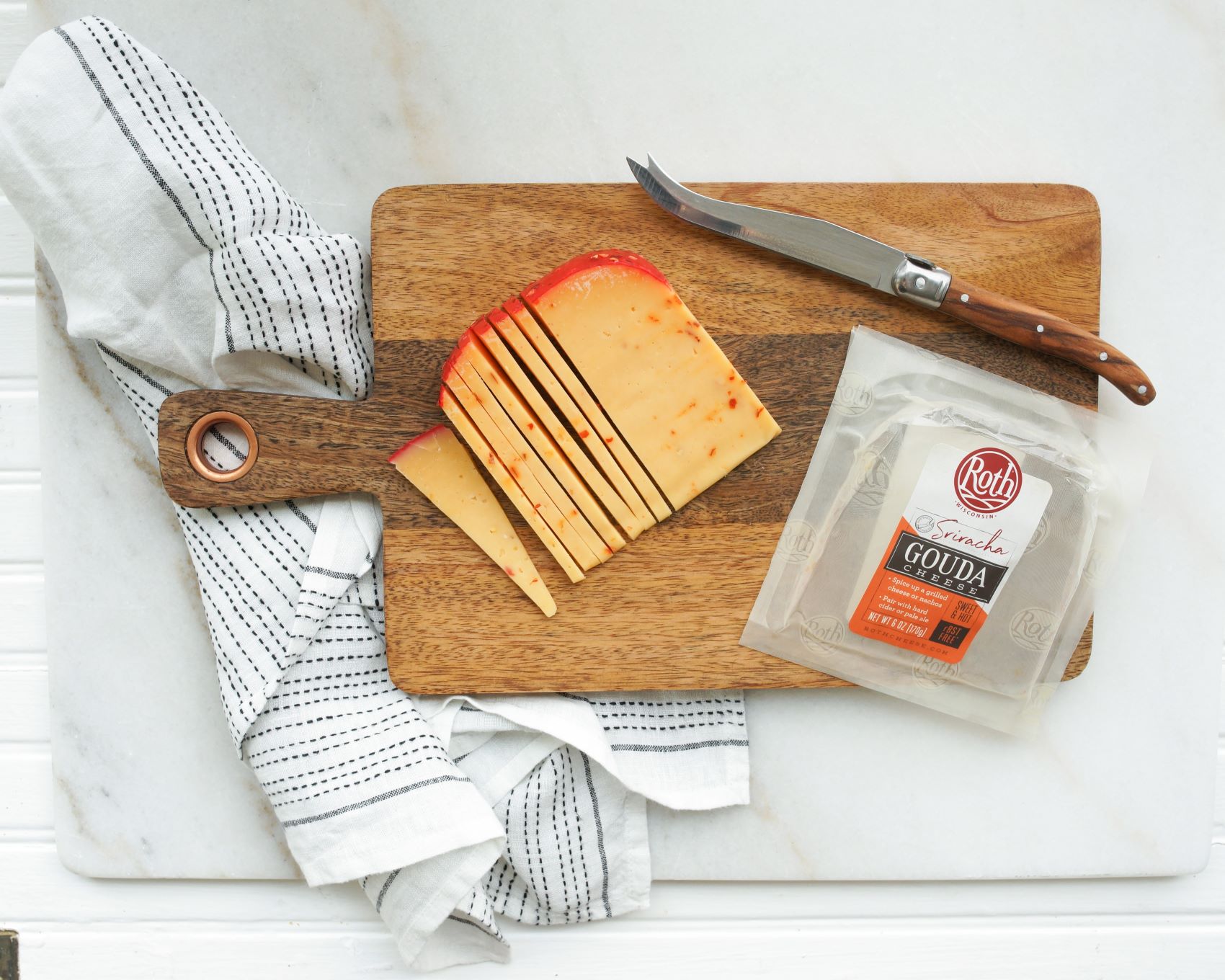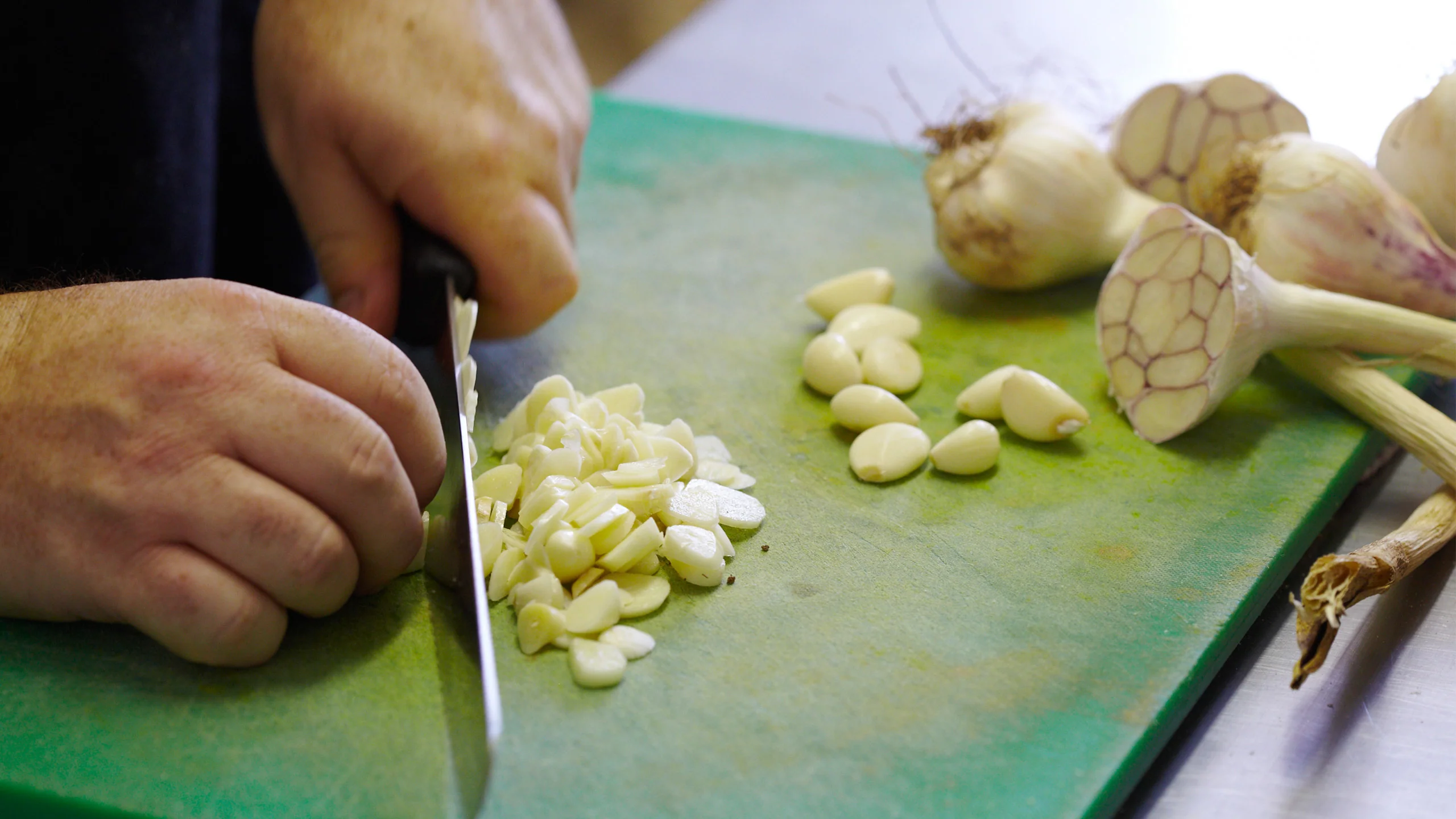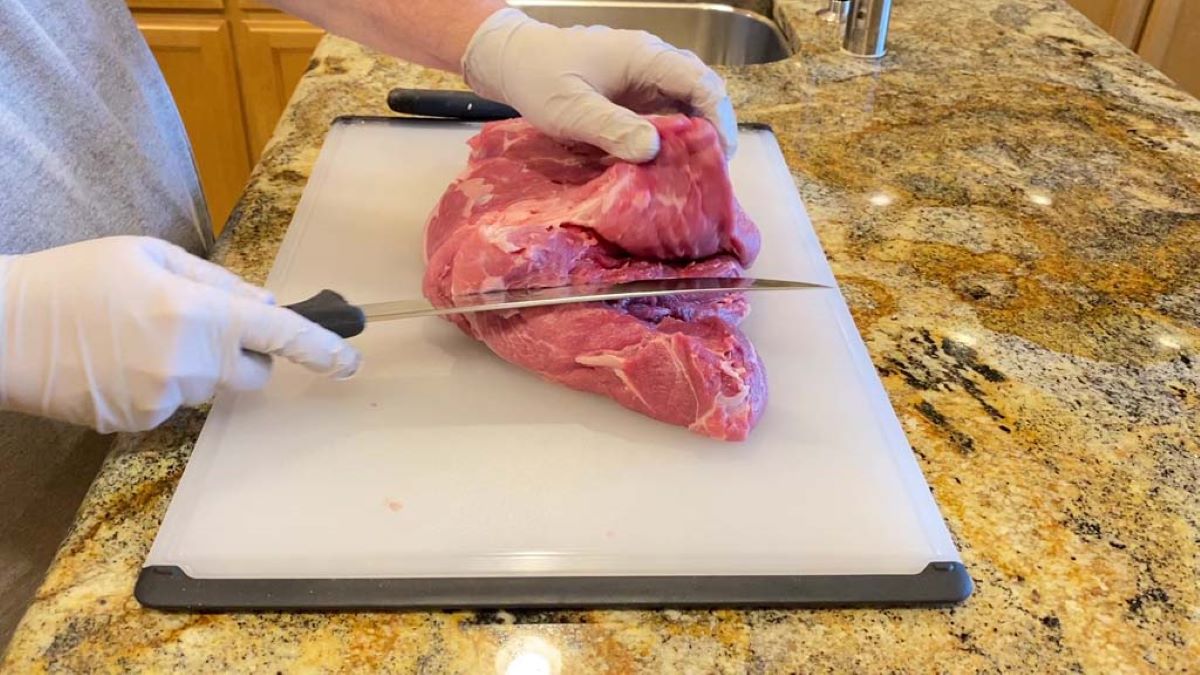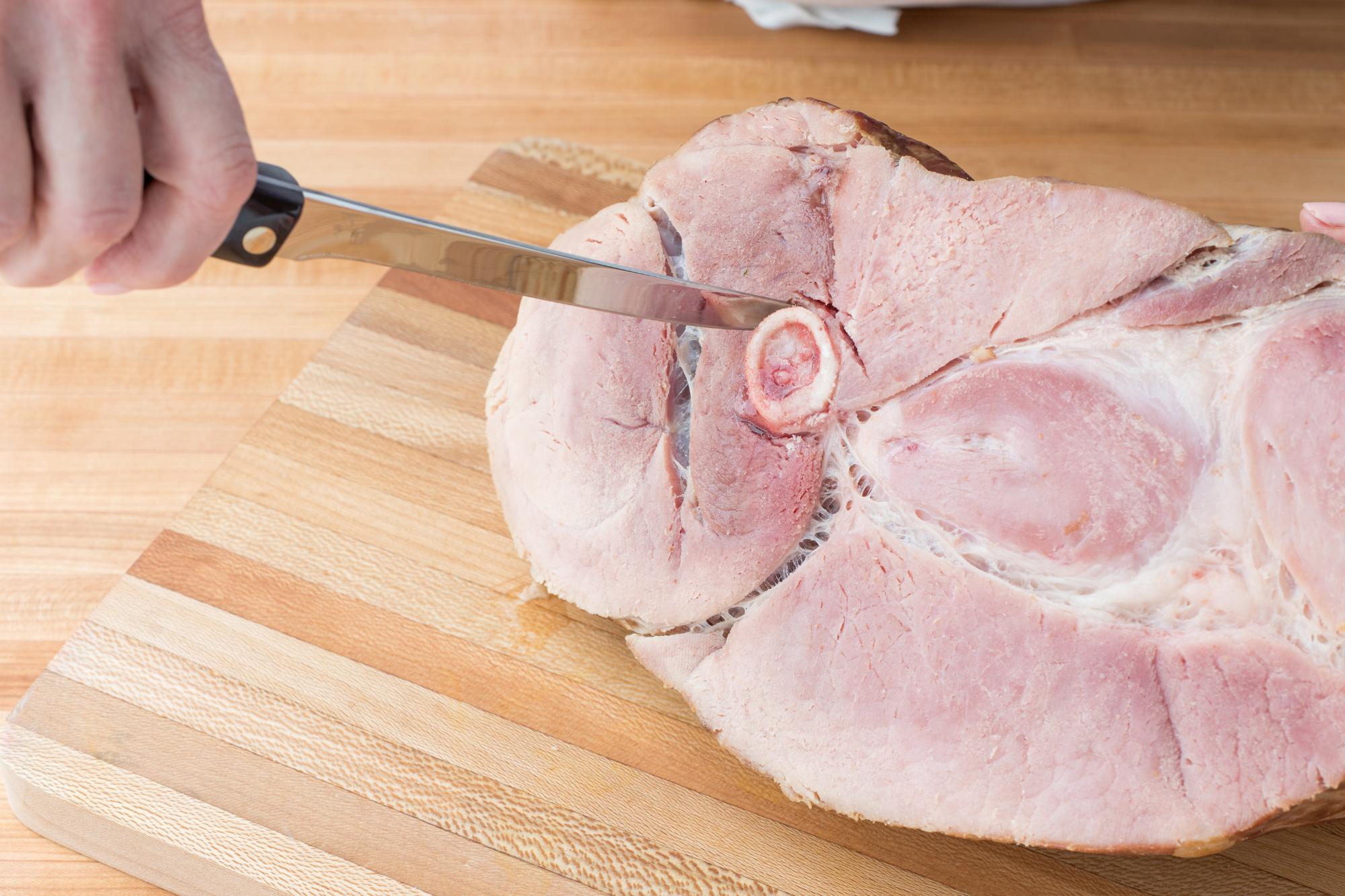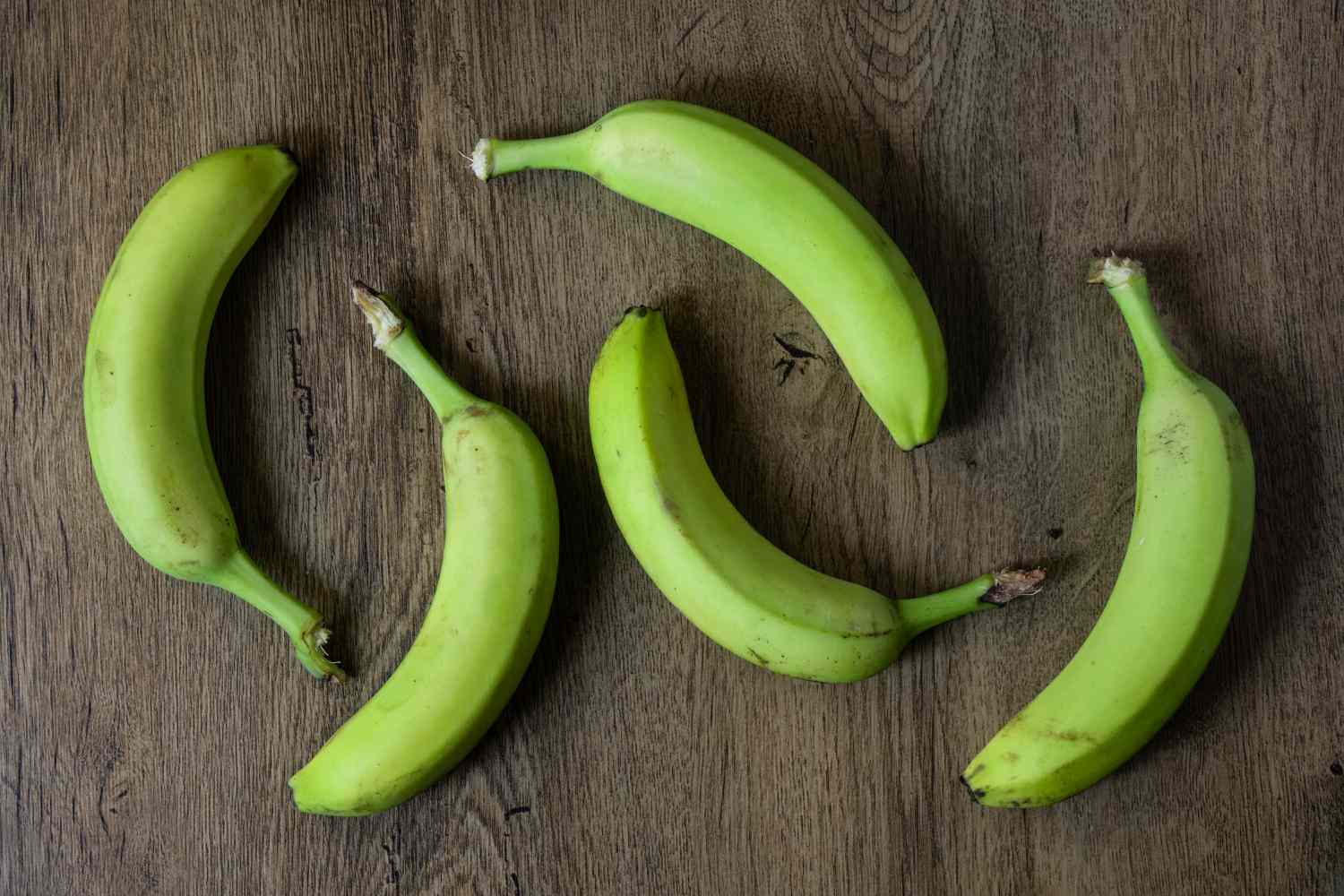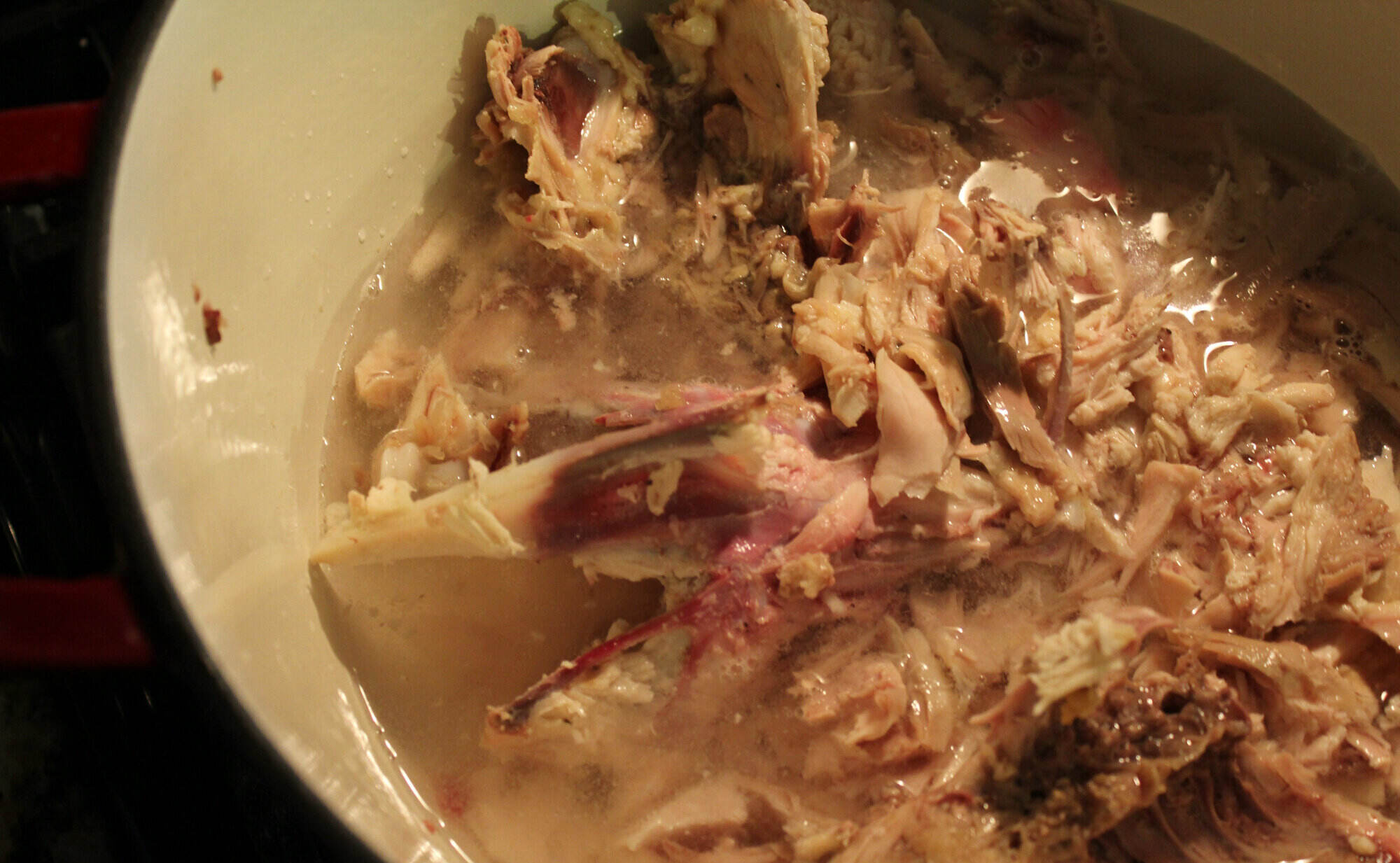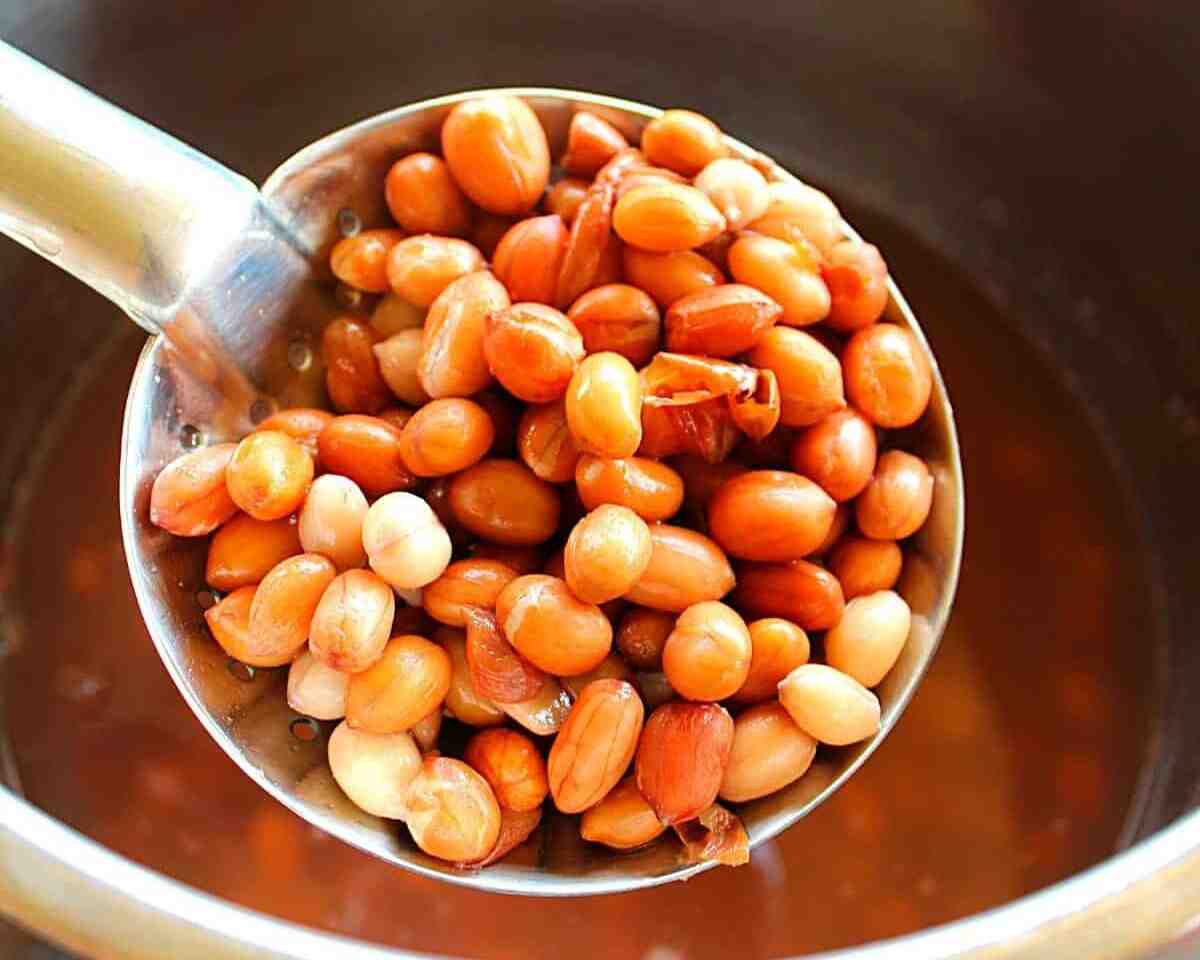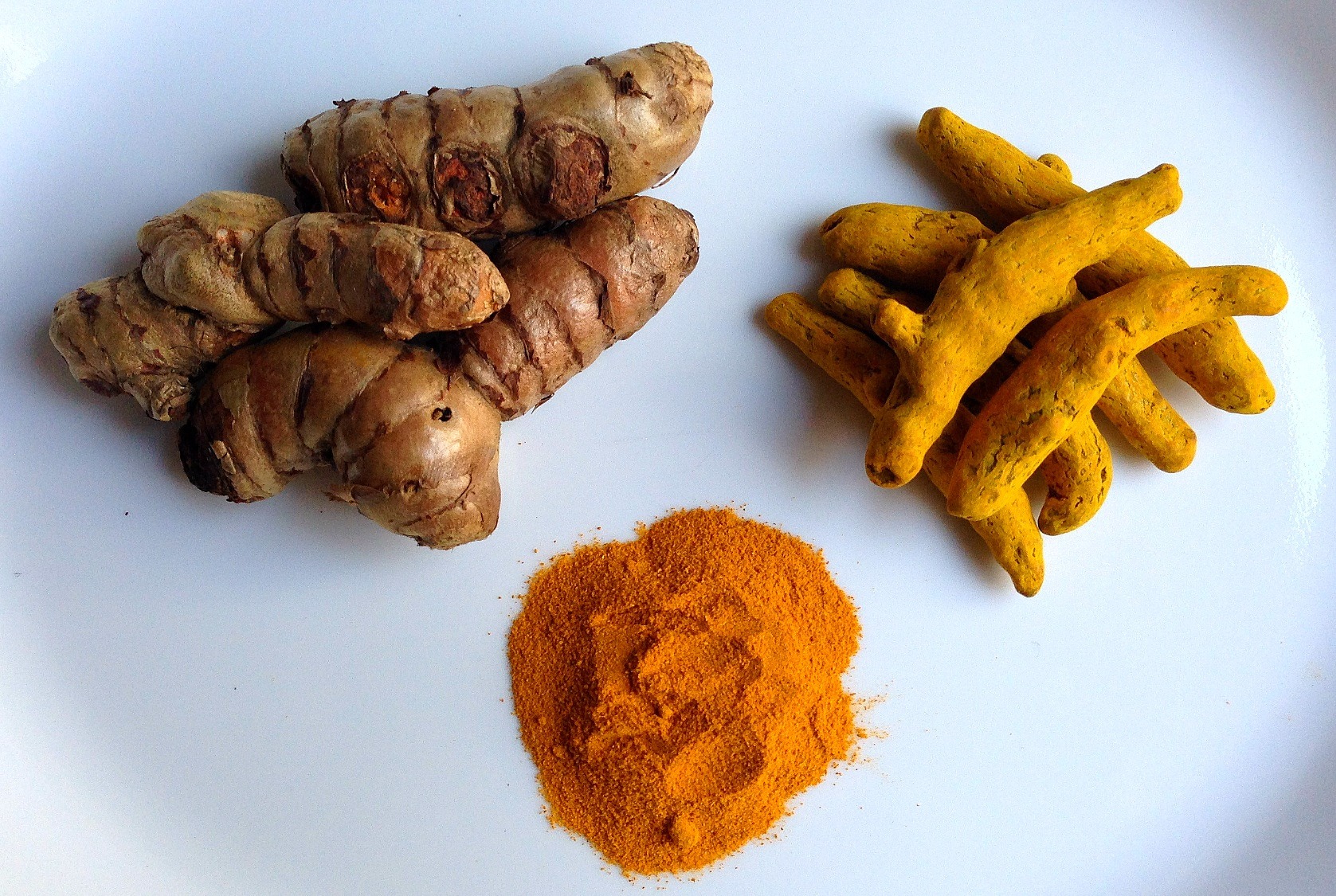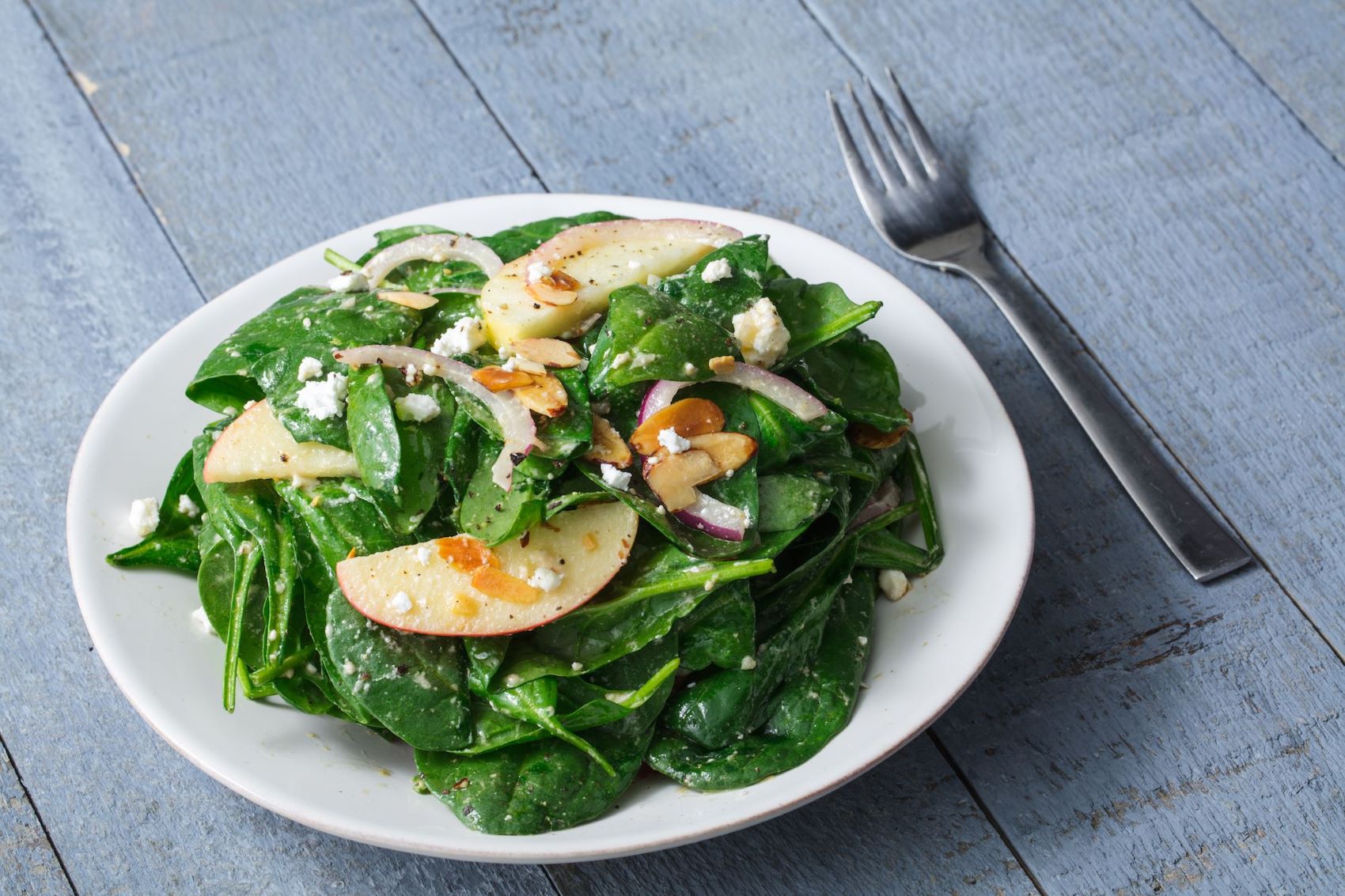How To Cut Bone In Ribeye Roast
Are you looking to impress your guests with a delicious and perfectly cooked bone-in ribeye roast? Look no further! In this guide, we will walk you through the steps of cutting a bone-in ribeye roast so that you can serve up a mouthwatering meal that will have everyone coming back for seconds.
Step 1: Prep the Roast
Before you start cutting the bone-in ribeye roast, you’ll want to make sure it is properly prepared. Remove the roast from its packaging and pat it dry with a paper towel. Allow it to come to room temperature for about 30 minutes. This will help ensure even cooking throughout the roast.
Step 2: Identify the Bones
Take a close look at the roast and identify where the bones are located. You’ll notice that one side of the roast has a layer of fat, and the other side has the bone. The bone-in ribeye roast is often referred to as the “standing rib roast” because the bones help it stand upright during cooking. Make sure the bones are on the bottom side of the roast when you place it on the cutting board.
Step 3: Determine the Thickness of the Steaks
Decide how thick you want your ribeye steaks to be. A good rule of thumb is to aim for steaks that are about 1 to 1.5 inches thick. This thickness allows for even cooking and a juicy, tender result.
Step 4: Mark the Cuts
Using a sharp knife, carefully mark the areas where you want to cut the roast into individual steaks. You can use the bones as a guide to ensure even spacing between each steak. Make sure to make clean and straight cuts to maintain the visual appeal of the steaks.
Step 5: Cut the Steaks
Now it’s time to make the actual cuts. Firmly hold the roast in place with one hand to stabilize it and use the other hand to make the cuts along the marked lines. Apply even pressure and use a sawing motion to avoid tearing the meat. Take your time and be patient, as cutting through the bone can require some effort.
Step 6: Trim and Serve
Once you have cut through all the steaks, take a moment to trim any excess fat or connective tissue from the edges. This will enhance the appearance and taste of the steaks. Now, you are ready to season and cook the ribeye steaks to perfection.
Whether you choose to grill, pan-sear, or oven-roast your ribeye steaks, the quality of the cut will shine through. So fire up the grill or heat up the skillet, and get ready to savor the rich and marbled goodness of a bone-in ribeye steak.
In conclusion, cutting a bone-in ribeye roast may seem daunting at first, but by following these simple steps, you’ll be able to serve up beautifully cut and delicious ribeye steaks. Remember, practice makes perfect, so don’t be afraid to give it a try. Your dinner guests will be impressed by your culinary skills, and you’ll be rewarded with juicy and flavorful steaks that everyone will love.
For those looking to master the art of cutting a bone-in ribeye roast, there are a variety of recipes to try out that will make the effort worthwhile. A great place to start is with Grilled Bone-In Ribeye Steaks, which lets the natural flavors of the meat shine through. For a touch of elegance, the Bone-In Ribeye with Truffle Butter offers a luxurious twist. If you prefer bold flavors, the Bone-In Ribeye with Spicy Cajun Rub brings a delightful kick. And for a more sophisticated dish, the Bone-In Ribeye with Red Wine Reduction Sauce is perfect for special occasions. Each of these recipes showcases the versatility of a bone-in ribeye, making the skills you gain from the guide truly worthwhile.
Was this page helpful?
Read Next: How To Cut Acidity In Soup
